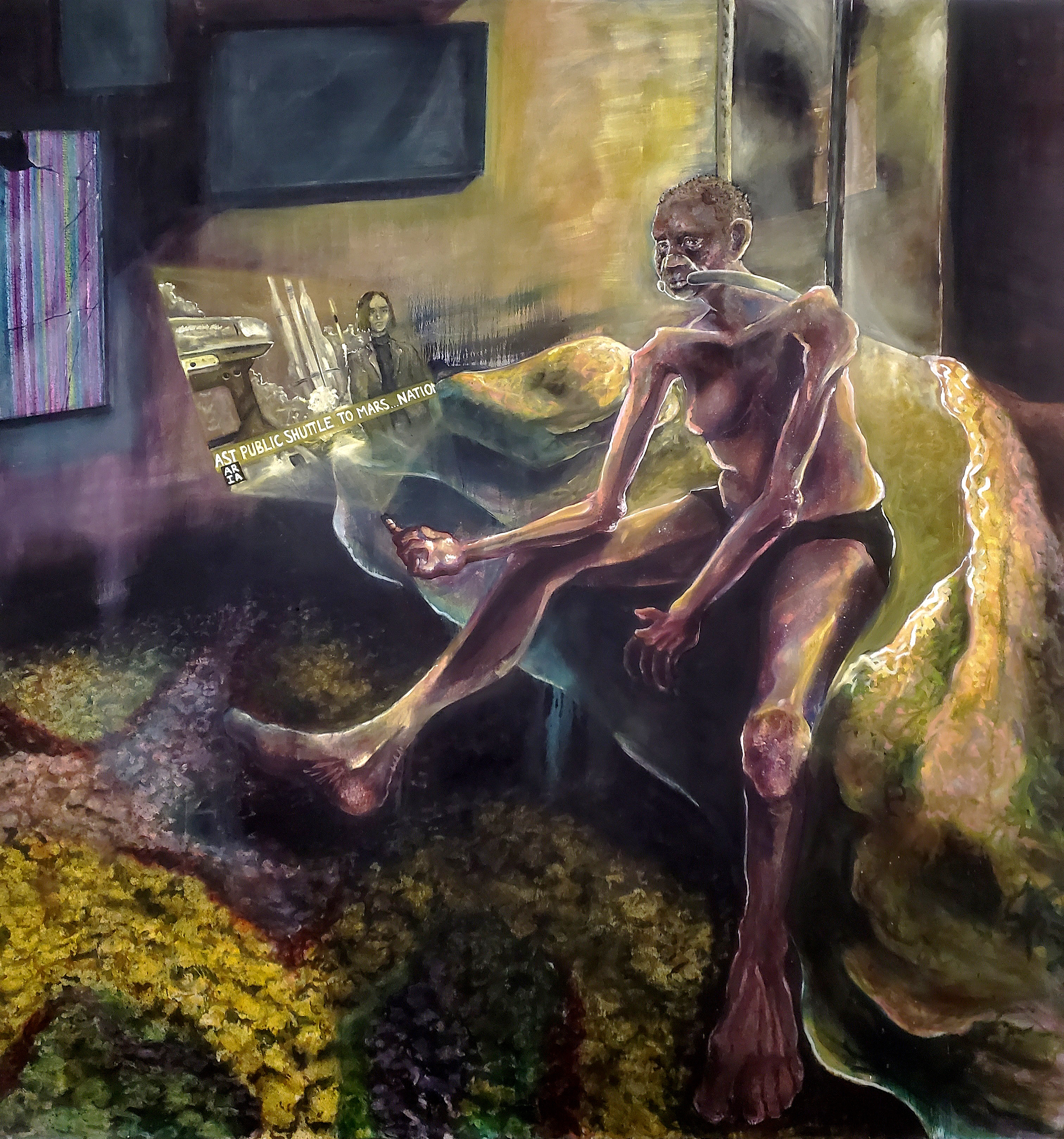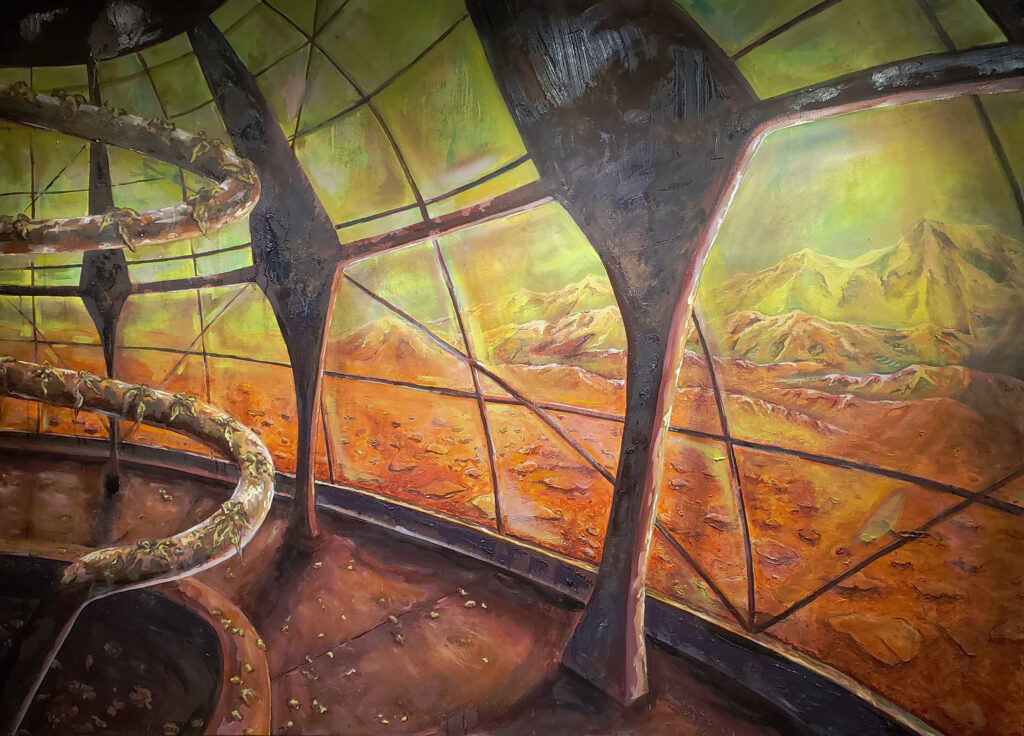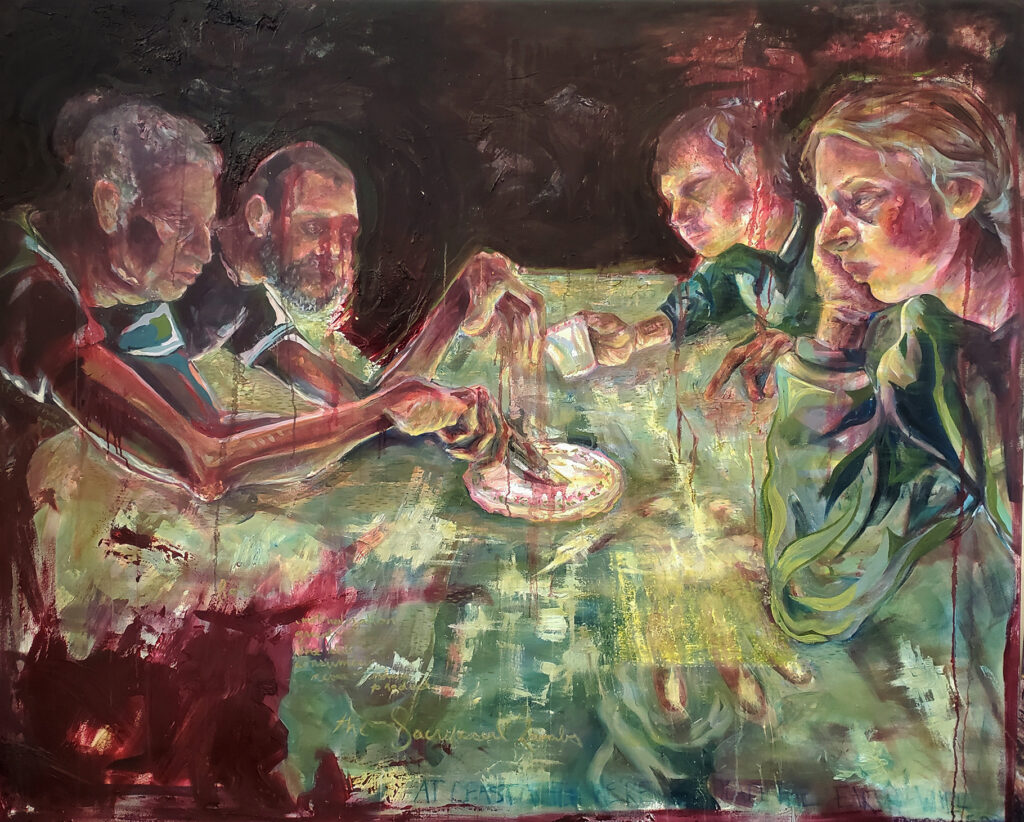“The mission of Gaia International is to honor the resilience of the natural world in the aftermath of the Anthropocene, while recognizing the suffering endured by humans and nonhumans alike during this epoch. Through exhibits, educational programming, and community engagement we aim to showcase the remarkable ability of our planet and its inhabitants to recover and thrive, while also acknowledging the hardships and injustices faced by many.
We recognize the museum’s role within the historical canon, and in promoting ecological knowledge, we hope to shape a more equitable and just world for all. We aim to empower our visitors with the knowledge and tools they need to build on the successes of the Ecogniscient era and work towards a more sustainable and compassionate future.
Above all, we strive to inspire hope and encourage visitors to recognize the power of collective action. By confronting the injustices and environmental harm of the past, we aim to foster a sense of responsibility and stewardship for our planet among our visitors.”
-Gaia International, 2247
The above text comes from the future museum entity, dubbed Gaia International, which presents a model of ecological coexistence through the archival impulses of the Anthropocene. Using speculative fiction, I invite viewers to explore the aftermath of the Anthropocene via artifacts from the theoretical museum Gaia International. This futuristic museum is dedicated to the historical account of the environmental crisis, set in the year 2247 C.E.
This exhibition serves to provide a comprehensible, empathetic perspective of the climate crisis. The climate crisis is difficult for us to perceive, as there is a radical gap between things an data. Data is not the thing- it is a representation of the thing. It is for this reason that, when presenting climate change deniers with evidence, they will not believe you. This data quantifies and explains climate change, but it is not climate change. This data cannot be experienced. It is for that reason that I use speculative fiction to represent the experience of the Anthropocene.

Apokalyptein [Always | Already], 2101
Bellamy Lethe; American Outlander: Folsom Colony, 2068-2104
The year is 2101. For a decade now, the Mars Coalition
has shuttled the richest to Mars, where they can live
inside of protected utopias. Meanwhile, the majority of the population is left on Earth.
So, the figure in this piece, Yahna Lethe, sits in her
rental, watching the news as the last public shuttle
leaves to Mars. Mars will now be its own nation. Yet, it
relies on Earth for its resources.
Bellamy Lethe was a life-studies painter. She primarily
painted those closest to her, such as Yahna, to
illuminate the harsh realities everyday folk were
experiencing. In the years to come, these disparities
would lead to a global anti-coalition sentiment. Thus,
works such as this are considered necessary
predecessors for the Great Ecological Revolution.
Courtesy of the Cal S. Nemea Archives and Special Collections
Siderael Musk’s Residuum, CA. 2087
Alder Pershe; Neo-American, 2041-2127
Oil on Canvas
In 2087, Alder Pershe was commissioned by Siderael M*sk to create this landscape painting, which was to showcase the M*sk Enterprise Growing System, otherwise known as MEGS. MEGS was a hydroponics system designed for the sole purpose of supporting human life on Mars. Unbeknownst to M*sk, Pershe despised the Mars Coalition. Pershe unveiled this dismal portrayal of MEGS via a livestream that began just as M*sk’s team arrived to retrieve the painting.
Courtesy of the Founding Archive


Woman and Child with Polluted Water
Unkown Artist, ca. 2070
Courtesy of the Cal S. Nemea Archives and Special Collections
The Sacrificial Lambs, 2091
Nami Turning; Neo-American, 2025-2097
Oil on Canvas
In a time in which food was scarce, and quality of food was low due to the lack of rich soil, Nami found himself irate with the world around him. This starvation was a result of negligence from the elite, from those who saw this suffering as a statistic, a sacrifice, for the sake of never-ending production. As carbon was continuously pumped into the atmosphere, plants found themselves unable to uptake nutrients as effectively. This resulted in malnourishment across the globe.
Courtesy of the Founding Archive
